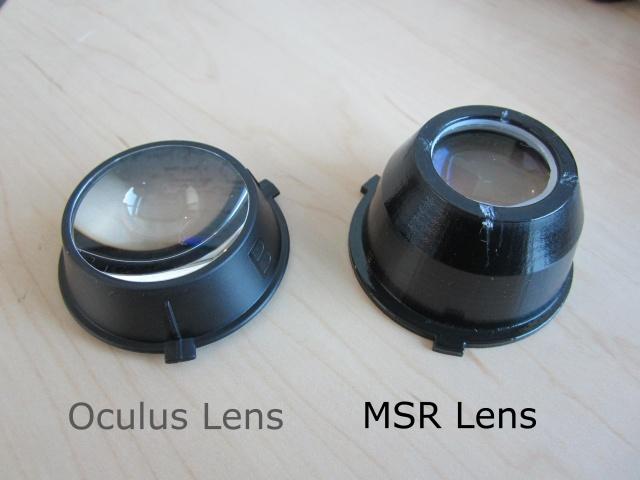
The lens purportedly restricts the field of view a little more, but provide much greater focus, making it “sharper across the field.” It also uses far less chromatic aberration, according to the developers.
In a number of comparison images taken from the Tuscany house demo that comes bundled with the Oculus Rift drivers, it’s clear that the lenses do indeed create a much sharper, clearer image. There is a downside to that, though. Due to the type of display used in the DK2 headset and its relatively low resolution compared to more contemporary headsets, the crisper image makes the screen door effect much worse.
Related: Oculus shows off the consumer-ready rift and a new controller
It would be interesting to see if a combination of these lenses and some of the diffusers that people have used to smudge out the pixel lines would be a comfortable compromise.

Regardless though, the lenses are quite easily accessible and the housing for them can actually be made with a 3D printer. Microsoft Research put the CAD files online, so a commercial printer can be used, or a home one if needed – though Microsoft does warn that the finer parts may not be reproduced accurately on lower quality systems.
The only downside is that the lenses, which must be purchased from a third party, are not cheap. Each ‘lens’ actually requires two separate lenses, which together cost almost $200 per eye. This makes the entire set up even more expensive than the original headset.
This may be why Oculus didn’t use similar lenses for the DK2, as it is aiming for a cost effective consumer headset. When the CV1 launches early next year, however, it will feature custom optics that are vastly improved over that used in the development kit HMDs.



